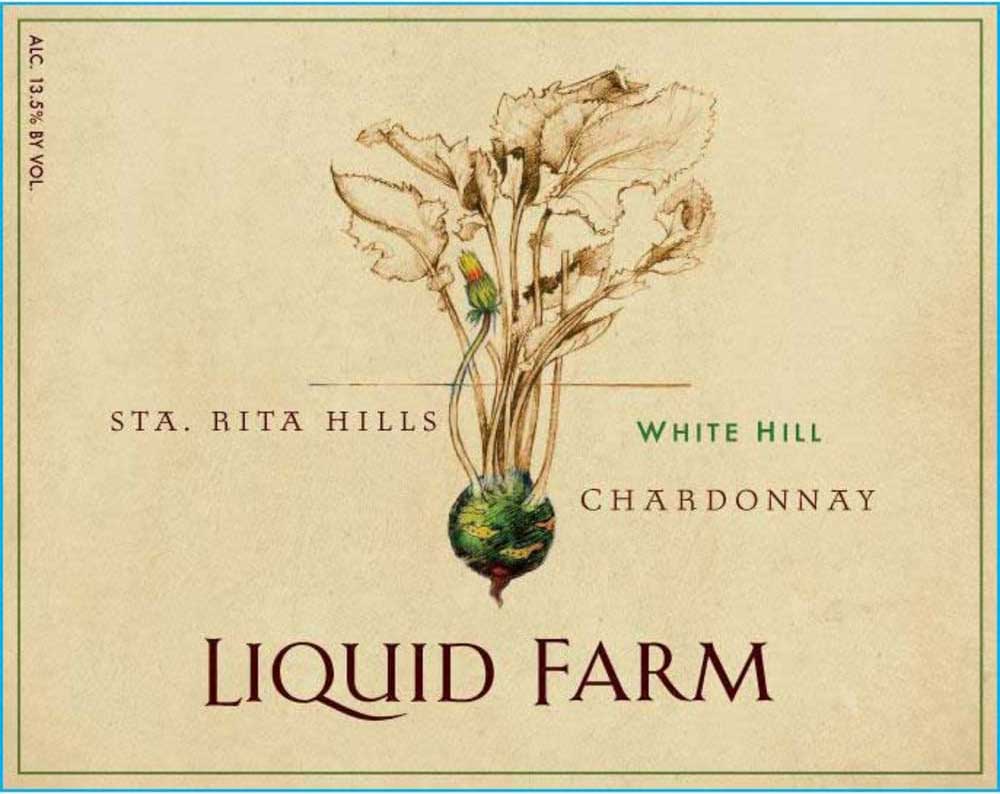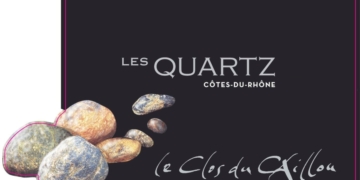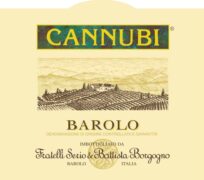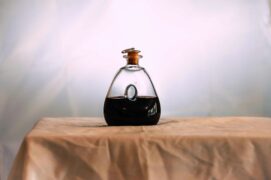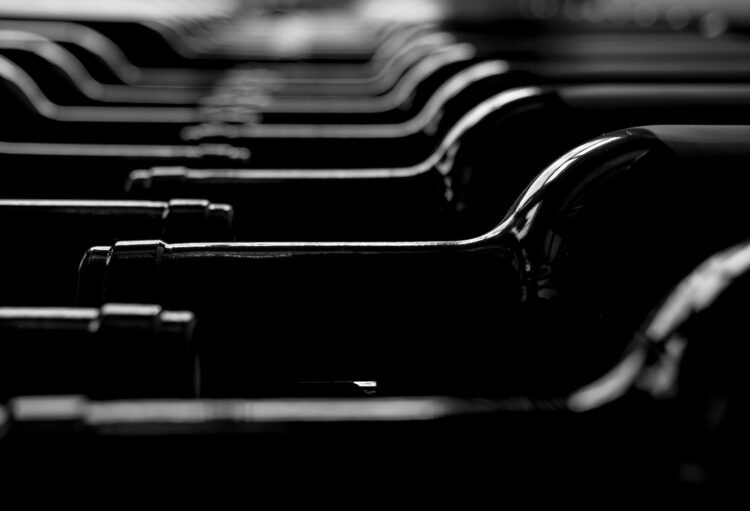Storing wine properly is crucial to preserving its quality and ensuring it develops as intended. The fundamental principles of wine storage revolve around maintaining a stable, cool temperature, high humidity, minimal light exposure, and a vibration-free environment. Ideally, wine should be kept at a temperature between 50-59°F (10-15°C), with 70% humidity to prevent corks from drying out and to discourage mold. The storage area should be dark, as UV light can degrade the wine and alter its flavors, while vibration can disturb the delicate sediment in wines and interfere with their aging process.
Different types of wine, however, require nuanced approaches to storage. Red wines, which benefit from aging, should be stored on their sides to keep the cork moist and maintain a seal. They also often thrive in slightly warmer conditions compared to whites, ideally around 55°F (13°C). White wines, generally enjoyed fresher, should be stored at cooler temperatures, closer to 45-50°F (7-10°C). They should also be stored upright to minimize oxidation and preserve their crisp character. Sparkling wines require similar conditions to white wines but can be stored lying down if they have a natural cork, to keep it moist.
Fortified wines like Port and Sherry have a higher alcohol content, which makes them more resilient to temperature fluctuations, but they still benefit from a stable environment. These wines can often tolerate slightly warmer storage conditions compared to non-fortified wines. Conversely, wines meant for immediate consumption, such as most rosés and some lighter reds, can be stored in a more flexible manner but should still avoid extreme temperatures and light.
In summary, while the basic principles of wine storage apply universally, paying attention to the specific needs of each wine type helps ensure optimal aging and preservation.



